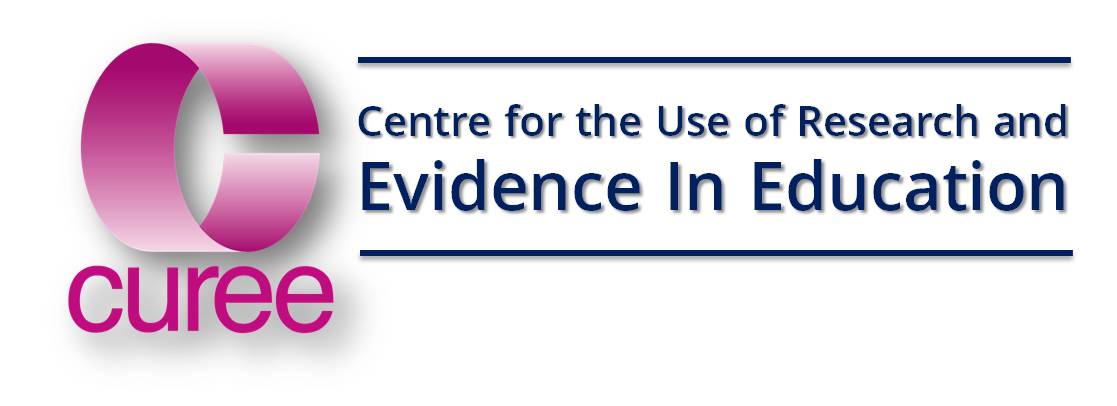The National Teacher Research Panel was set up about 15 years ago by CUREE supported by a group of national education agencies most of which no longer exist. It had three main goals:
- To ensure that all research in education takes account of the teacher perspective
- To ensure a higher profile for research and evidence informed practice in government, academic and practitioner communities
- To increase the number of teachers engaged in and with the full spectrum of research activity.
Over the several years of its existence, the Panel, supported by its expert advisers in CUREE, has helped and encouraged dozens of teachers and school leaders to do high quality but practical research. The Panel also helped them report their findings succinctly, in plain English and focused on relevance to other practitioners. This is one such example of that work.
According to recent studies dyslexia is a major cause of literacy problems; at current estimates as many as 1 in 20 children are believed to be affected to a significant extent. There may be others for whom the effects are less significant. In schools, almost all teachers will have some dyslexic learners in their classes. The Disability Discrimination Act requires all teachers to adopt strategies to meet the needs of these children.In light of this an immediate question is: what help should non-specialist teachers give dyslexic students? In the current drive to improve literacy standards among children this is a key issue for schools to address. Teachers are very aware of the high expectations of them in relation to responding to the needs of all their pupils. In this TLA research summary, we explore the findings from a literature review that focused on the nature, causes, diagnosis and various forms of support for dyslexic students based on different underpinning theories and philosophies. The research highlighted what teachers and schools have done to enhance the learning of students with dyslexia. This includes the kind of teaching and learning environment that was found to be supportive of these learners and the strategies that enhanced the learning of some of them. The study on which we based this summary is a literature review carried out by researchers at Glasgow University in 2007, in order to inform HM Inspectorate of Education's evaluation of the educational provision for children with dyslexia in Scotland: Elliot, D. L., J.K. Davidson, and J. Lewin. Literature Review of Current Approaches to the Provision of Education for Children with Dyslexia. HM Inspectorate of Education, 2007. The authors identified a range of studies that were relevant to the purposes of the review which aimed to identify best practice in the teaching and learning of dyslexic students. Altogether the review authors extracted data from 102 studies, which they then analysed and from which they synthesised the messages from the research. We think this summary will provide teachers with useful background knowledge about dyslexia. We highlight ideas for ways forward in both the main summary and the accompanying case studies. The case studies include:
a phonological approach to teaching reading
forming a community of writers to help dyslexic learners overcome poor self-esteem, and
what schools can do to build a dyslexia-friendly learning environment.
Like the review, this summary has adopted the British Psychological Association's definition of dyslexia: 'Dyslexia is evident when accurate and fluent word reading and/or spelling develops very incompletely or with great difficulty. This focuses on literacy learning at the 'word level' and implies that the problem is severe and persistent despite appropriate learning opportunities.'Readers may be interested to note that, in England, Sir Jim Rose was asked by the Secretary of State for Children, Schools and Families (Ed Balls) in May 2008 to make recommendations about how dyslexic children learn best. His report, published in Spring 2009, is based on both research evidence and personal accounts from teachers, parents and pupils.
File attachments:
Document section:
